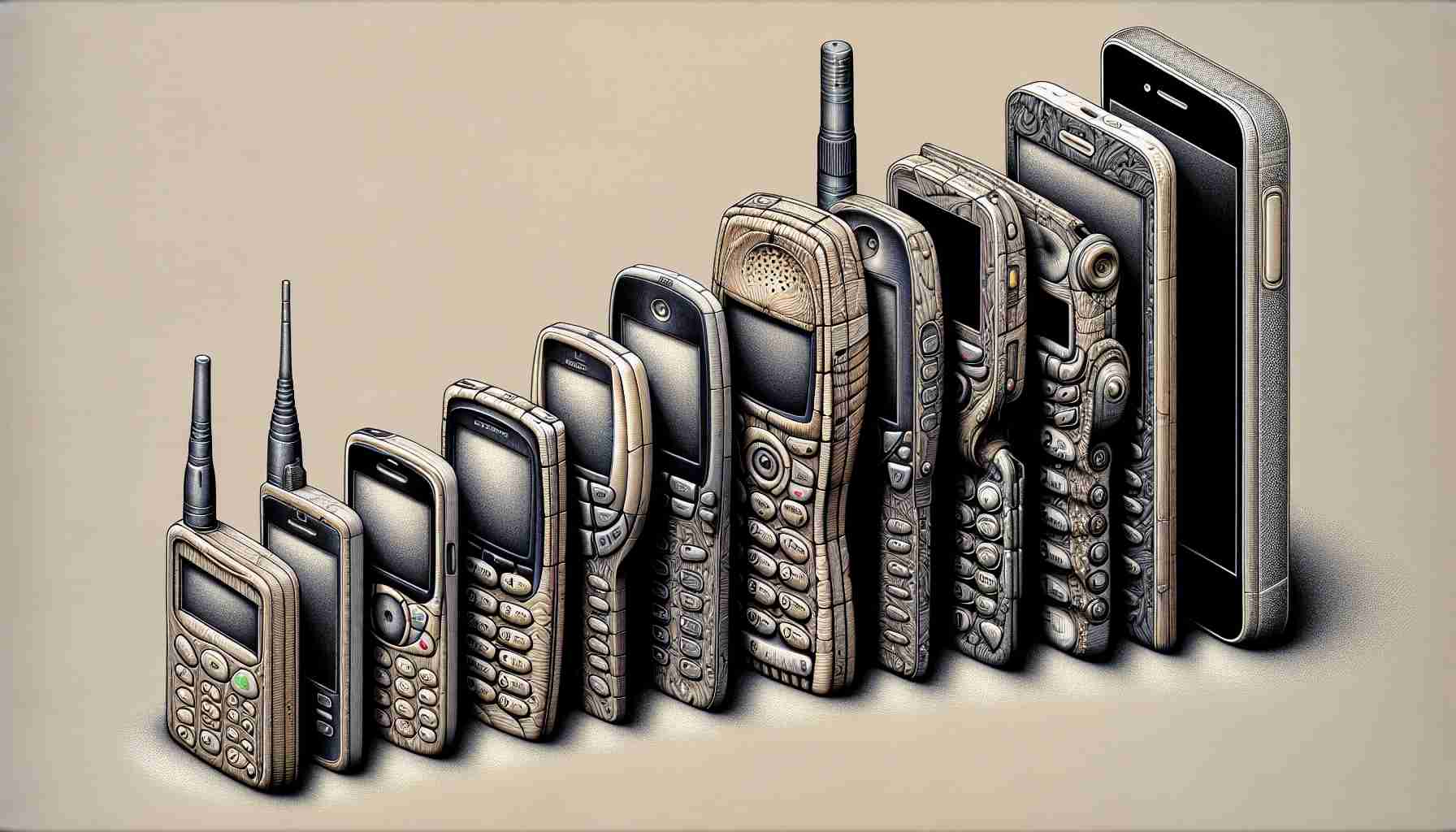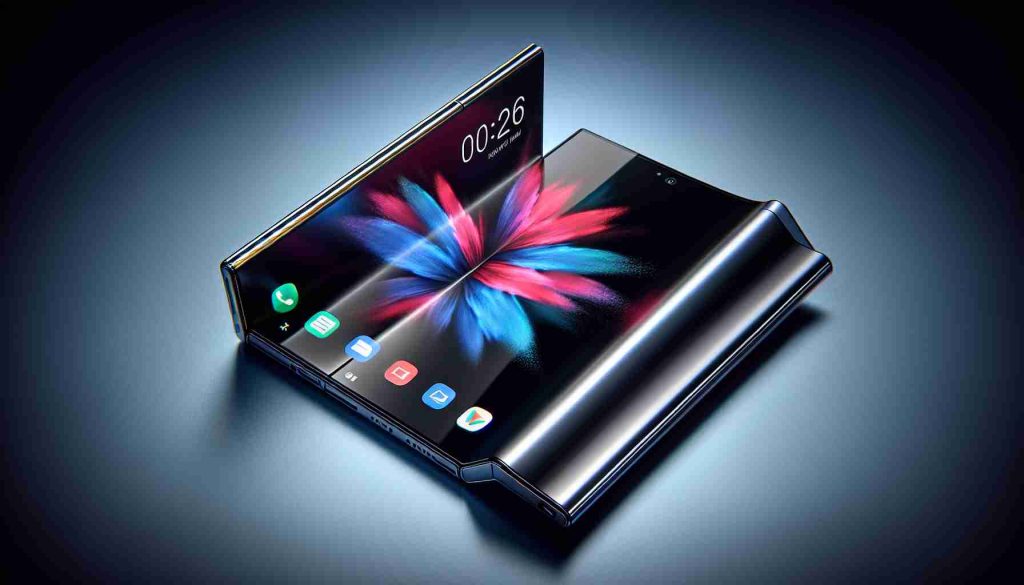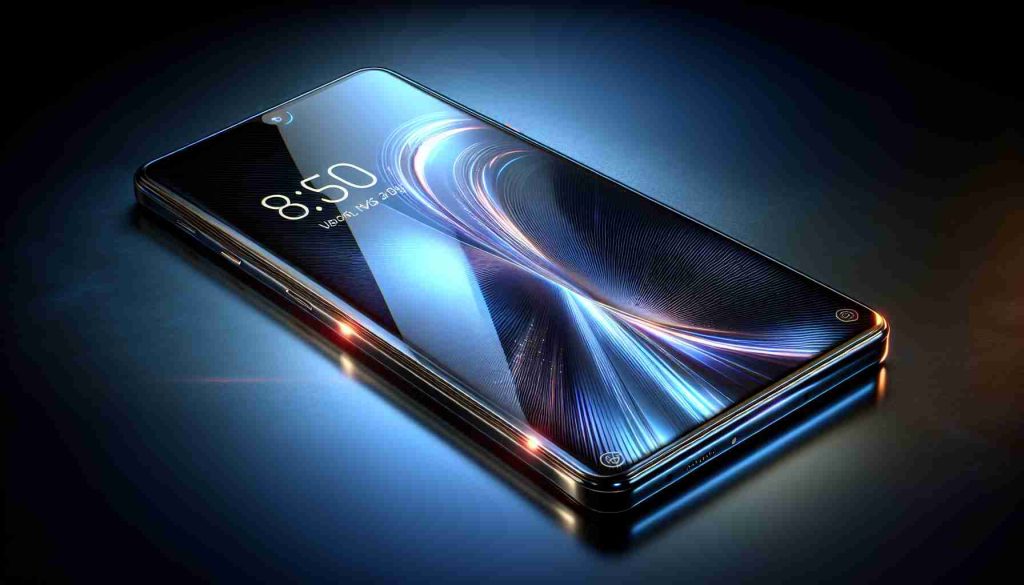As technology advances, our interaction with mobile devices continues to evolve dramatically. The introduction of foldable phones marks a significant transition from mere communication tools to versatile platforms for content consumption. One notable example is Huawei’s recent launch of the Mate XT, which features a unique folding mechanism designed to enhance user experience.
The allure of the Mate XT lies not just in its capabilities but also in the accompanying foldable stand. This accessory emphasizes the shift in consumer behavior towards a more relaxed, hands-free viewing experience. Unlike traditional devices, users can efficiently transition from using their phones to watching videos or reading without needing additional equipment.
Furthermore, smartphones have become the primary medium for video consumption. With an increasing number of people spending hours watching short videos daily, the demand for larger screens with portable functionality has surged. This further demonstrates the need for devices that harmonize utility with the convenience of content viewing.
As screens grow in size, mobility remains a crucial factor. The Mate XT exemplifies this by combining the compact nature of smartphones with the expansive display of tablets, allowing users to enjoy a superior viewing experience without sacrificing portability.
The journey from traditional mobile phones to innovative foldable designs illustrates a broader trend in technology. As users evolve, so do the devices they rely on, transforming not just how we communicate but also how we consume content in our everyday lives.
The Evolution of Mobile Devices: From Functionality to Consumption
The evolution of mobile devices has progressed significantly over the years, moving from simple communication tools to multifaceted platforms that cater to the entertainment and information needs of users. This revolution is not just limited to the advent of foldable phones but encompasses various innovations and consumer behaviors shaping the industry’s landscape.
What are the key milestones in the evolution of mobile devices?
The journey began with basic cell phones, which primarily facilitated voice communication. The introduction of smartphones marked a pivotal change, integrating internet connectivity and applications into mobile devices. Notable milestones include the launch of the iPhone in 2007, which set new standards for user interface design and app ecosystems, and the subsequent growth of Android as a competitive operating system. Today, we see the emergence of 5G technology, enabling high-speed connectivity, which supports not just user interactions but also essential services like telemedicine and smart city applications.
What are the main advantages and disadvantages of modern mobile devices?
Advantages:
1. Versatility: Modern mobile devices serve multiple functions: communication, entertainment, navigation, and even professional work.
2. Accessibility: They provide instant access to information, entertainment, and services, making them indispensable in daily life.
3. Portability: Devices like smartphones and tablets are designed to be lightweight and easily portable, facilitating on-the-go usage.
Disadvantages:
1. Distraction: The multifaceted nature of mobile devices can lead to excessive screen time and distractions, affecting productivity.
2. Privacy Concerns: As devices collect personal data, users face increased risks related to privacy and security.
3. Digital Divide: Not everyone has equal access to mobile technology, which can exacerbate social inequalities.
What are the key challenges associated with the evolution of mobile devices?
One major challenge is ensuring usability and accessibility for all users, including those with disabilities. Additionally, manufacturers must continuously innovate while balancing the demand for advanced features against the environmental impact of device production and disposal. Another challenge is maintaining user privacy amidst increasing connectivity and data collection practices.
Are there any controversies surrounding the content consumption behavior associated with mobile devices?
Yes, a growing concern is the impact of mobile media consumption on mental health and social interactions. Critics argue that excessive use of mobile devices contributes to issues such as diminished attention spans, anxiety, and social isolation. Furthermore, the influence of algorithm-driven content can lead to echo chambers, where users are exposed primarily to ideas and content that reinforce their existing beliefs.
As mobile technology continues to evolve, we can expect further innovations, particularly in Artificial Intelligence (AI) and Augmented Reality (AR), enhancing user experience and content interaction. The potential of these technologies could lead to more immersive and engaging content consumption, revolutionizing the way we interact with our mobile devices.
In conclusion, the evolution of mobile devices from functionality to consumption reflects a significant shift in user behavior and technological advancements. While they offer incredible benefits, it’s crucial to navigate the challenges and implications that accompany such rapid changes in our digital landscape.
For more insightful information on technology and innovations, visit TechCrunch.























